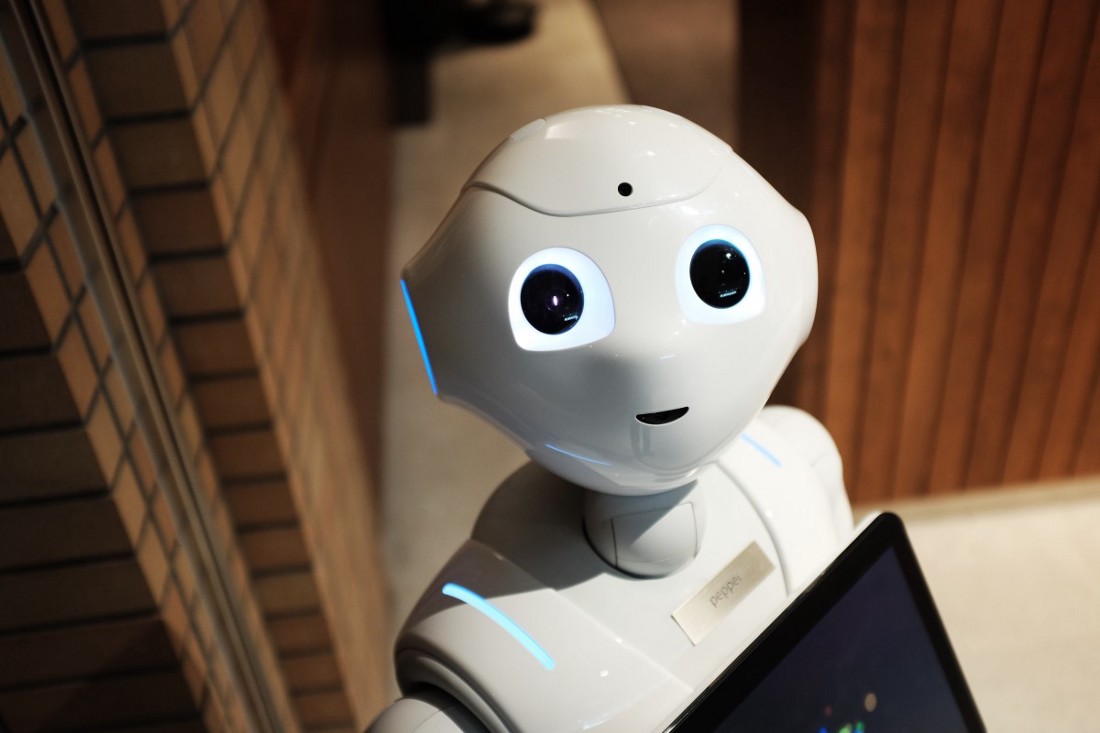
3D printing and Robotics are not very unrelated in today’s world. We all understand that the principles of robotics are the foundation of 3D printing machines. But as the technology has progressed, 3D printing is ready to “give back” to its underlying technology — by assisting in making robots itself.
We have seen crazy robots in popular culture, be it Terminator, or wall-E, or iRobot. In real life, robots are not always as eccentric. A plethora of factors needs considering — beginning with a purpose a tad more practical than to help save the planet from an intergalactic overlord. Fields like mechanical engineering, electronics, bioengineering, computer science, and more, make up a substantial chunk of a robot’s development process.
“Robots and other combinations will make the world pretty fantastic compared with today.”
— Bill Gates
3D printing’s Robotic connection
3D printing, one of the Robotics applications, automates the most tedious and repetitive tasks by cutting costs and improving turnaround time. At the same time, 3D printing enables the agile manufacturing of various types of robots and their components as well. We can say 3D printing is today both done ‘for’ and ‘by’ Robotics.
3D printing is likely to replace the conventional manufacturing techniques that took hours to complete a given task. The evolution of 3D printing allows it to penetrate industries like — automobile, aerospace, medicine, etc.
It’s only obvious to see Robotics and 3D printing technology forging a symbiotic relationship. Here are some areas that we will explore to understand the relationship between these technologies —
- History of Robotics
- Role of additive manufacturing & 3D printing in building robots
- Types and applications of robots
- 3D printing in soft robots
History of Robotics & 3D Printing
We use robots essentially for tasks that are either impossible, dangerous, expensive, monotonous, or time-consuming for humans. Like inspection of radioactive sites, defusing explosives, exploring conditions with extreme temperatures or pressures.
Throughout history, various scholars, inventors, thinkers, etc. have frequently assumed that robots will one day be able to mimic human behavior. While that is yet to come true in the complete sense, the technology is rapidly advancing that a fully sentient humanoid might not be too far away.
About 20 years ago, nearly all of the robots in existence could be found in automotive factories assembling cars. Mostly mechanical arms are tasked with welding parts of a car. Today, you could actually have a humanoid butler robot who brings you coffee in the morning.
Descriptions of robotic machines and automata have been around for at least a couple of thousand years. Over 100 descriptions of fire engines, a coin-operating machine, a wind organ, etc. featured in Heron of Alexandria’s Pneumatica and Automa.
Fast forward about 1500 years, and Leonardo da Vinci was playing around with a mechanical monk that displayed lifelike movements of feet, eyes, lips, and head. This was the first recorded physical manifestation of a robot resembling a human being.
The industrial revolution in the last couple of centuries and the digital revolution much more recently, has catalyzed the advancements in this field. From Nikola Tesla’s radio-controlled vessels in 1898 to self-navigating Autonomous Indoor Vehicles (AIVs) at Tesla’s Gigafactory in Nevada, it has been quite a journey.
3D printing
3D printing is a relatively new manufacturing process, and can be said to be done mostly by robots, or in a robotic manner. It’s a completely automated process where machines build an object layer by layer. In merely 2 decades, 3D printing has come out of labs and a few niche companies’ hands to the global market, spanning industries from toys to aerospace. Initially handling only a couple of plastic materials, 3D printing now supports various plastics, metal, and even composite materials like Carbon Fiber.
You can learn more about current 3D printing usage in our article — Present and Future of 3D printing
Role of 3D printing in building robots
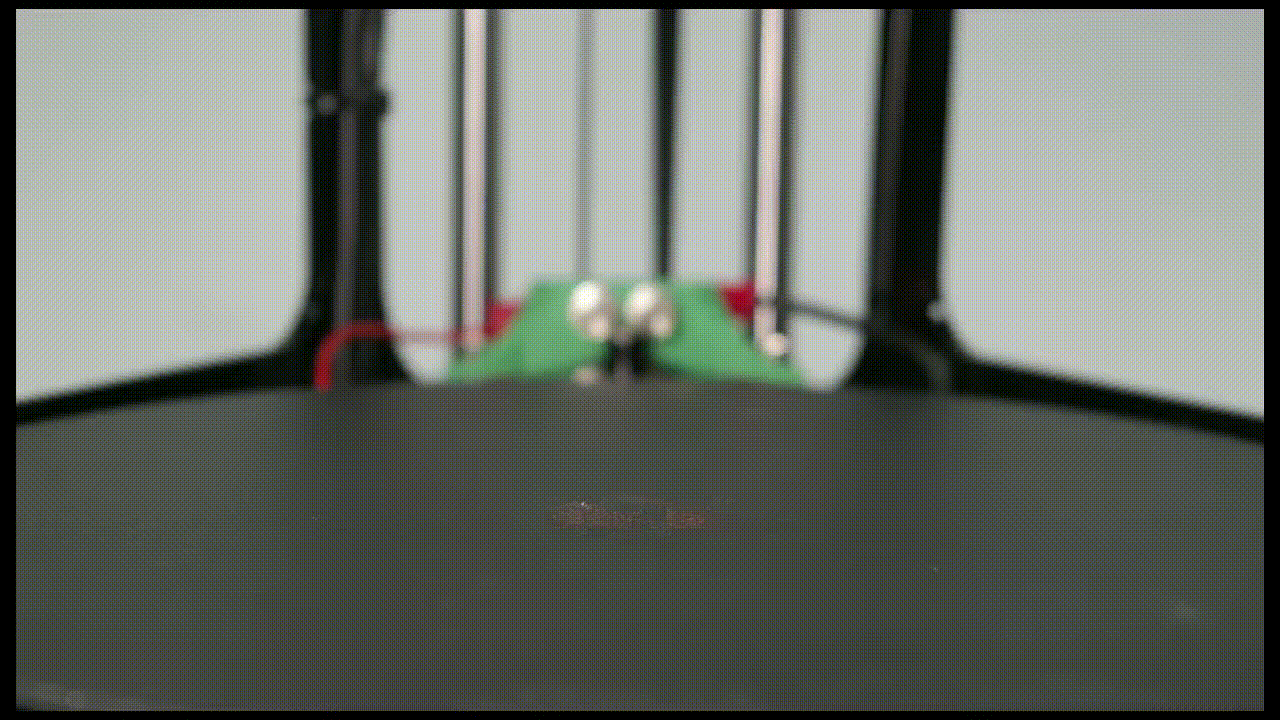
As manufacturing becomes more digital and agile, it starts to broaden and penetrate various industries. Robotics is one such space where advancement in additive manufacturing can play a crucial role in the growth of this industry. Here is what additive manufacturing brings to the table —
- Prototyping
- Tooling
- Fabrication
- Low-cost production
- Short time-to-market
- Reduce waste
Unique features
Robots, unlike other manufacturing products, are different. The production of robots is more unique and specific. The design and functionalities of robots are often customized to suit a particular requirement. This is why 3D printing can help accelerate manufacturing in the robotics industry. As it is easy to create and test prototypes, there is more room for experimentation.
“Because different robots have different operational requirements, 3D printing’s ability to create custom parts uniquely suited for the task — and the ability to print in materials that will hold up — has been big,”
— Cullen Hilkene (CEO of 3Diligent)
Quick prototyping and design versatility
With 3D printing, it is now possible for design engineers to quickly print the tools and fixtures needed for the assembly of robots. It also enables the creation of parts without having to make molds. Achieving complex and unique geometries is already streamlined using advanced additive manufacturing techniques. 3D printers are now more equipped in handling a wide variety of materials than ever.
Lower production numbers
Even with widespread usage overall, several types of robots are still very few in the world. The low number makes it unattractive for the traditional manufacturing processes. Who would put up a manufacturing line to produce just 100 robots in a year! That is where 3D printing comes in — allows you on-demand manufacturing and takes away the capital cost to establish a plant, assembly line, etc.
Types and Applications of Robots
Let’s go through some types of robots (in no particular order) and see how 3D printing and additive manufacturing has been pivotal in their development.
Pre-programmed
They work in controlled environments where no surprises are expected and serve their singular purpose day in and day out. A robotic welding arm in an automotive factory is one such example.
- A robotic arm can be made out of 3D printers as well as used to perform 3D printing.
- It is now possible to use a robotic arm to print from different angles and objects with complex geometries.
- 3D printing has, of course, enabled quick prototyping and iterative design in such robotic hands’ development.
- 3D printing is especially useful when complex joints are incorporated in such robotic hands, both in the development and production stages.
Bastian Solutions, a Toyota Advanced Logistics company, recently debuted a robotic materials handler with unparalleled efficiency and flexibility made possible with parts designed and built through additive manufacturing.

Autonomous
They are programmed with virtually every possible situation they could encounter on its course. They are often deployed in situations that ideally would not require human intervention.
a ) Underwater Robot
“We still know more details about the surface of Mars than the seafloor”
– Starre Vartan (Environmental journalist)
This statement cries for a need for deepwater exploration robots. Robots can be programmed to reach remote and unexplored regions of the ocean. It is possible to retrieve a map of the seafloor using some of these underwater robots. Other than this, a plethora of near-surface applications require underwater robots e.g. ship hull inspection and cleaning, underwater welding, underwater structure inspection, etc.
- A 3D-printed robot can be designed to suit the ecology of the ocean and/or the specific type of application. E.g. If the task requires a specific type of welding torch to be held, the holder or gripper can be designed and produced in a matter of days, compared to the traditional duration of weeks/months.
- Also, a wide variety of material selection is possible with 3D printed parts that can be suitable for specific underwater applications, say seawater (salty), deep water, acidic/alkaline water, etc. From plastics to metal to composites, 3D printing materials can now make robots from near-surface up to deep water specifications.
- Given the recent upsurge in underwater robotics, these are still custom-built to specifications. Once again, the versatility and modularity of 3D printing can cut down costs, and speed up the development of such robots.
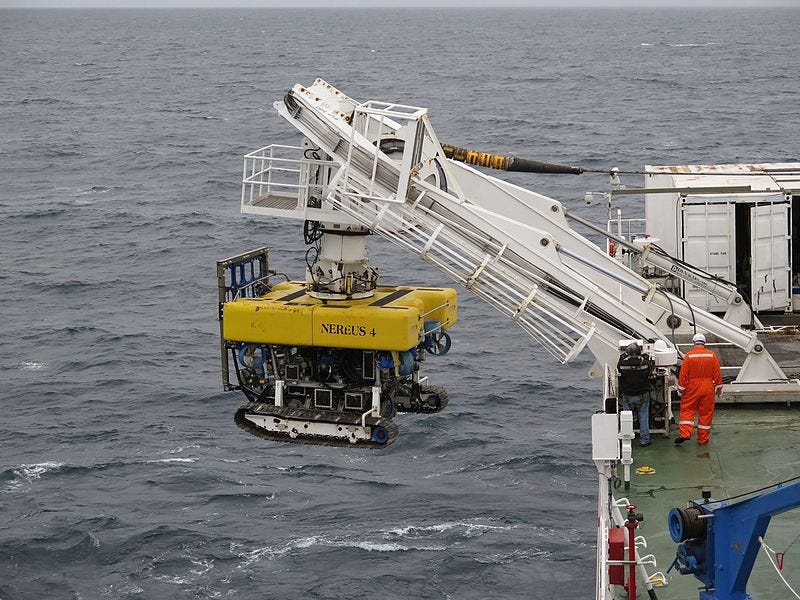
b) Solar panel cleaning robots
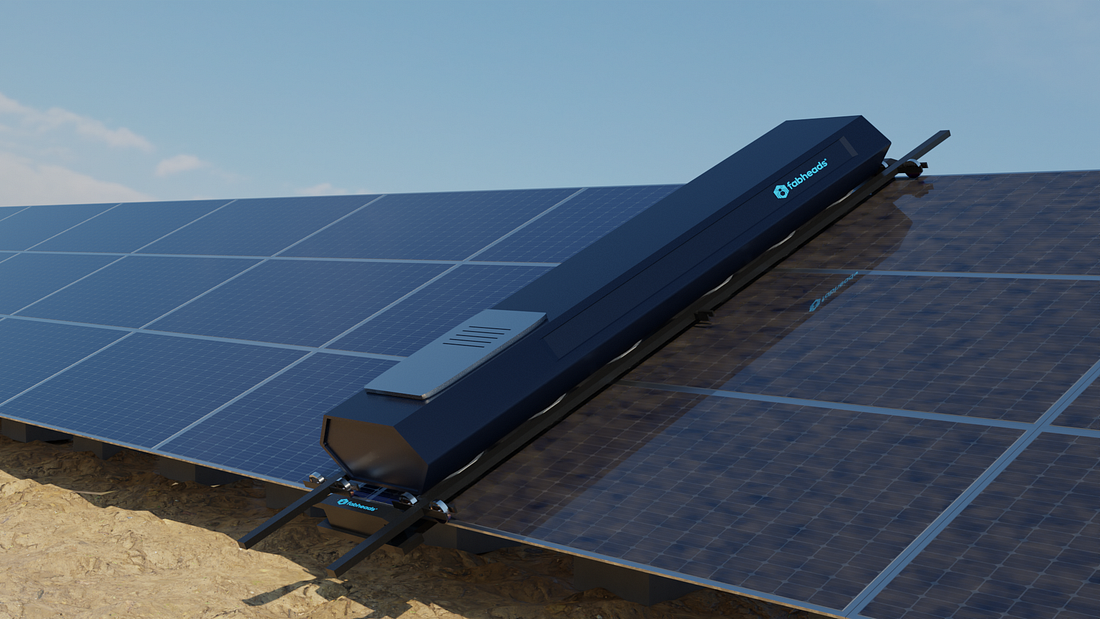
Solar panel installation systems solve one of the major crises of our planet — Energy. However, when it comes to cleaning and maintaining these solar panels, we need a lot of water. Being exposed to open sky, they are subjected to a lot of dust. Manual cleaning gets cumbersome and time-consuming.
Using robots, it is now possible to make this process cost-effective. Some AI-enabled robots can clean every nook and corner of these solar panels with optimized water usage and minimal human intervention.
- Once again the fact that you can manufacture any design in a matter of days with 3D printing, makes it a favored mode of fabrication for Solar Panel cleaning robots. You can fit the design to the specifications of the solar panel.
- 3D printing material choice allows it to be useful in widely different weather conditions for an open-to-weather condition like solar panels.
- Solar panel robots can use a lot of automation as well as they work on a big scale and mostly on a schedule. These robots can be continuously upgraded with new sensors and parts — thanks to 3D printing, which makes designing and integrating new parts as easy as playing computer games.
c) Warehouse robots
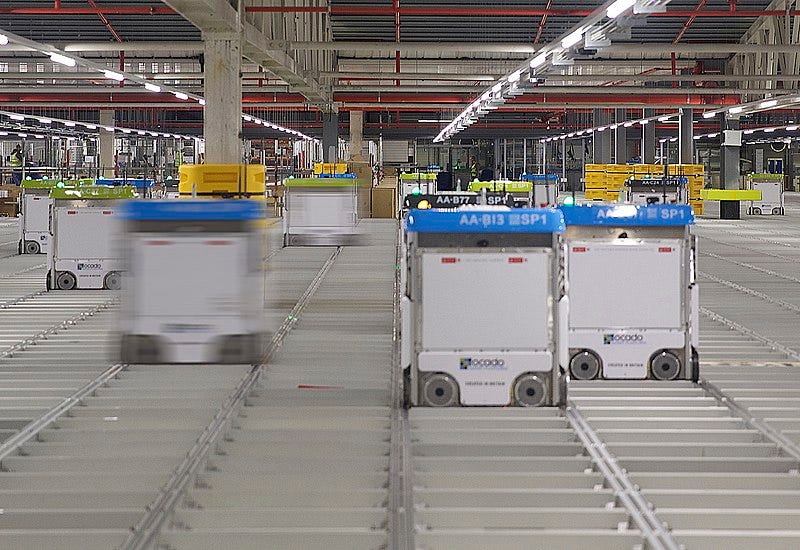
Recently, robots have entered the warehouse space where they can transport, manage and streamline the entire warehousing process. Some companies like Amazon, Ocado are already on board with warehouse robots. Following are some industries that can benefit out of warehouse robots —
- Electronics and Electrical
- Automotive
- E-commerce Retail
- Food & Beverage
- Metal Machinery
- Chemical industries
- Textile
“The additive manufacturing process will enable us to customize each robot picker to fit a customer’s particular warehouse environment.”
— VP of Technology and R&D, Bastian Solutions
There are several ways 3D printing has helped in the growth of warehouse robots
- Several parts of warehouse robots are now being produced using additive manufacturing techniques. It is now possible to make warehouses more agile and efficient using 3D printed parts.
- The automotive industry is heavily dependent on warehouse robots. They are used in the storage of inventory for spare parts which can be too heavy to lift. Now, robots can do all the heavy lifting.
- Since warehouse robots are working long hours per day, wear and tear is not new. Thanks to 3D printing you can quickly print any damaged part and get the robot back to work. The warehouse need not keep a heavy inventory of robot parts.
- Once again, the quick production capability and versatility of 3D printing allows you to keep upgrading these robots, and make them adaptable to any “warehouse weather”
Humanoid
Humanoids are robots that are built to resemble human beings in every way possible. It’s not just the appearance but also the functionality that makes humanoids unique.
- Complex joints and parts can be printed digitally with 3D printing. This gives design freedom to engineers. E.g. Engineers now use 3D modeling techniques which help in imitating the ball-joint movement of a human body. This saves a lot of time and it’s easy to make changes.
- 3D printed humanoid parts are lightweight and low-cost when compared to their traditional counterparts.
- Again, the low production number of such robots makes traditional processes non-viable financially — 3D printing to the rescue!
When we talk about humanoids, we can hardly ignore Boston Dynamics — a robotics company in Massachusetts, USA. Some of its fascinating creations are BigDog (2004), Rhex (2007), LS3 (2010), Wildcat (2011), Sandflea (2012), Atlas (2013), Spot (2015), and Handle (2017). Boston Dynamics has leveraged 3D printing a lot to make their robots what they are today.
“One thing we did was use 3D printing to create the legs (in ATLAS), so the actuators and hydraulic lines are embedded in the structure, rather than made out of separate components. We also developed custom servo-valves that are significantly smaller and lighter (and work better) than the aerospace versions we had been using.”
– Marc Raibert, Founder, Boston Dynamics
Augmenting
Augmenting robots are built to either enhance or replace a capability of a person. In medicine, Augmenting robots are often found as prosthetics for missing limbs. Modern prosthetics can learn to respond to neural signals connected to a functioning muscle so the patient can move the prosthetic by correspondingly moving the functioning muscle.
“The development of 3D print technology, in some ways, has reduced the cost and complexity of making dexterity robotic hand.”
— Slade et al., 2015
- 3D printing is very uniquely special for prosthetics that need to fit the body shape of the user. E.g. If it is a knee or leg assist device, 3d printing can help print the prosthetic exact to the height, leg shape, leg girth, hip shape, etc. of the user.
- 3D printers are used to print lightweight components for prosthetics. This is important because a prosthetic should not become a burden on the user’s body with its excessive weight
- Open source contribution — People from around the world can now create amazing 3D printed designs for prosthetics which they believe can benefit users with different ailments. This takes away the monopoly, and hence the high costs, of products developed by one specific company. One such collection of designs is listed on the U.S. Dept. of Health and Human Services website.

- The versatility of materials, quick production time, and low cost make 3D printing the first choice for making prosthetics.
3D printing Soft robots
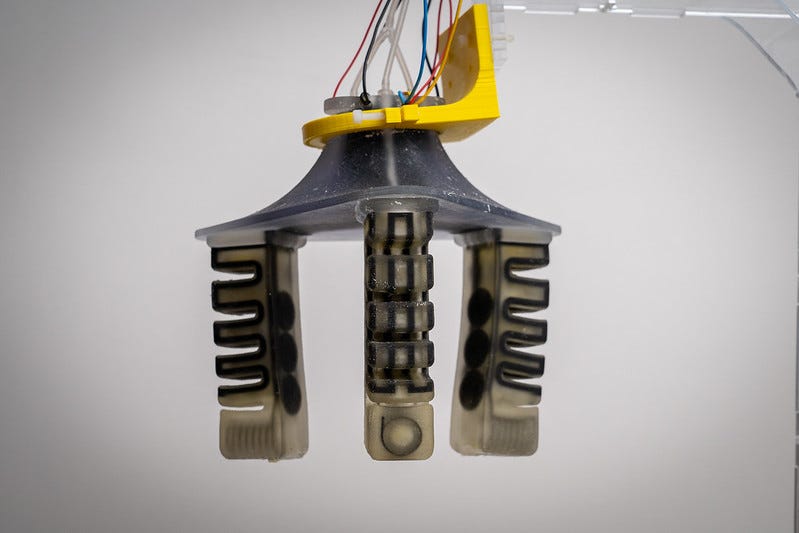
Soft robotics deals with building robots using materials that are similar to living organisms. They try to emulate the behavior of living beings and adapt to the given environment. There are memory coils and actuators that replicate the behavior of tendons and muscles.
Here is a list of 3D printing techniques that are common in manufacturing soft robotics —
- Stereolithography (SLA)
- Photo-curable inkjet printing
- Selective laser sintering
- Direct ink writing (an alternative technique to FDM)
- Shape deposition modeling
- 3D printing is beneficial in achieving the intricate details of a soft robot. Materials used for soft robotics 3D printing can vary from soft materials to elastomers.
- 3D printers can now develop and print complex structures for soft robots via ‘viscoelastic hydrogels.’ The hydrogels have the strength to withstand high pressure (kilopascals to megapascals). There is intensive research done to identify the suitable material and improve the 3D printing techniques to achieve the best quality. For example, A team of researchers from the Delft University of Technology made cast silicones in a 3D printed shell. They named this technique ‘UltiCast.’ Actuators or muscle-like parts can now be made out of Ulticast that is easy to replicate. This process is time-saving and cost-effective.
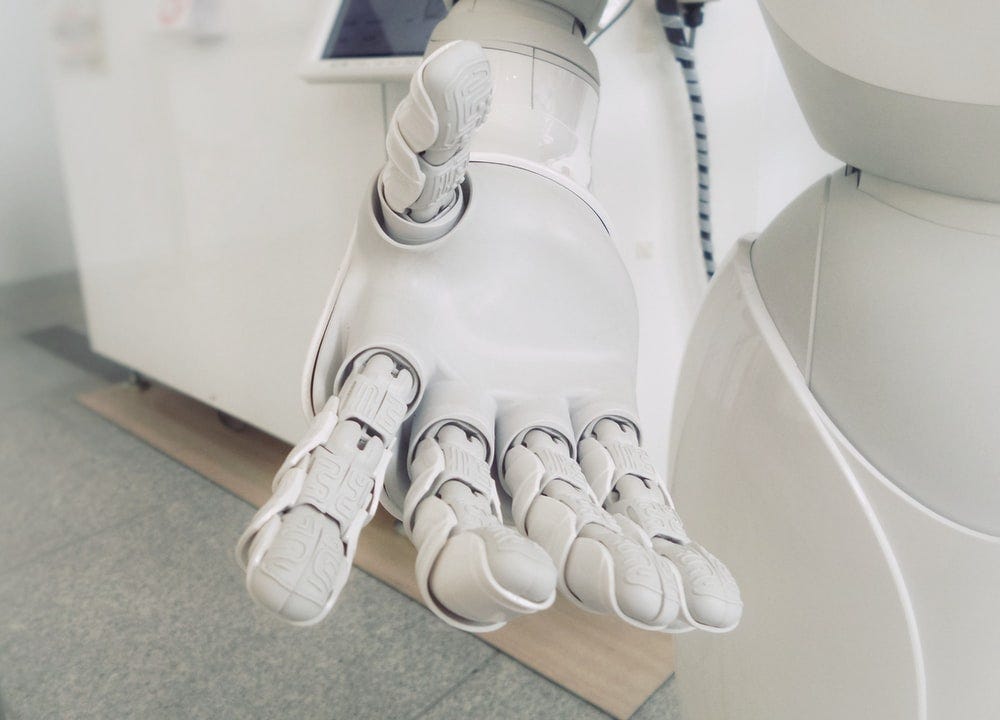
- Soft robots are built for specific needs. Therefore, 3D printing gives the space and time to personalize the robot’s behavior. Recently, soft robotic gloves are being manufactured that can move like human fingers. It is easy to create a soft-grip using actuators from a 3D printer.
- 3D printers allow a lot of room for using materials that can withstand light, water, or heat.
Soft robots are being used in the medical field. It helps engineers build solutions or alternatives for people with paralysis, arthritis, or improper hand function.
Conclusion
Throughout our discussion, we covered briefly the relationship between robots and 3D printing. We looked at its past, present, and future. The infinite application of robots in various spheres of our lives enables humans to dive into the ocean and explore outer space. Also, advancement in additive manufacturing takes robot production to next level. Using 3D printing technology and its capabilities, we can see robots being manufactured quickly and inexpensively.
The growth of robots and 3D printing will help humans solve the direst problems. As Isaac Asimov rightly said —
“I do not fear computers. I fear the lack of them.”
What do you think about robots and 3D printing? Share your thoughts for the same in the comment section…
